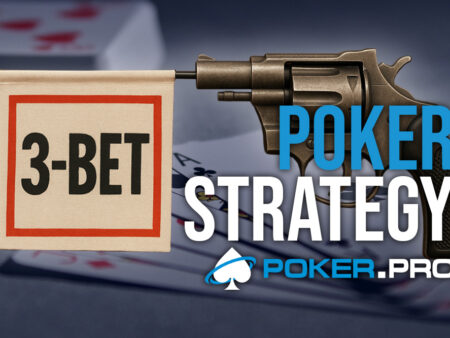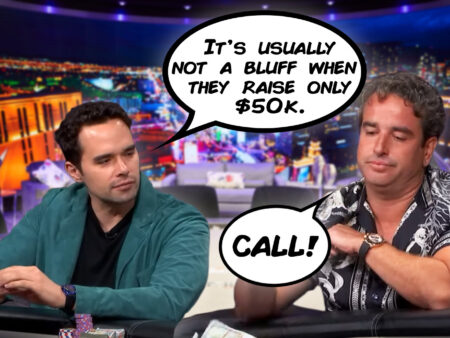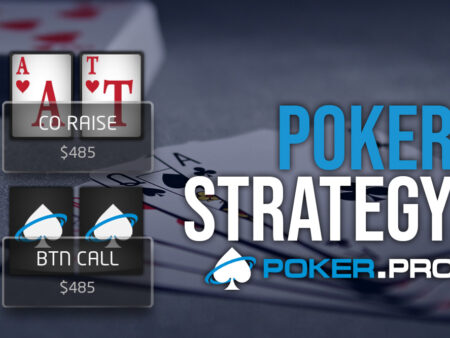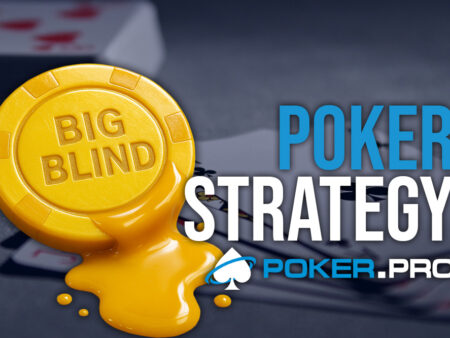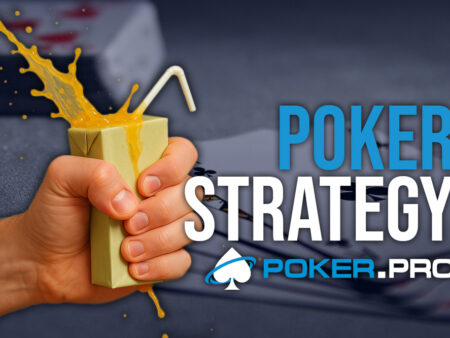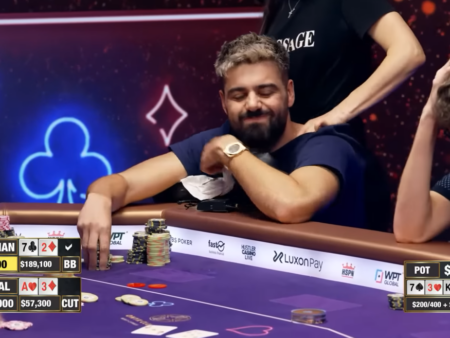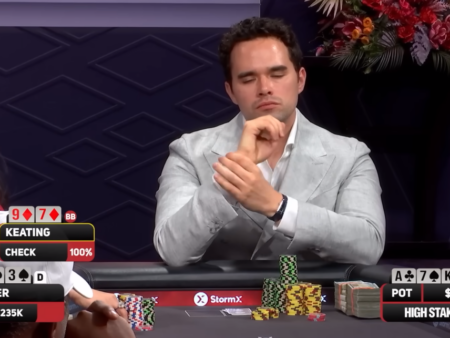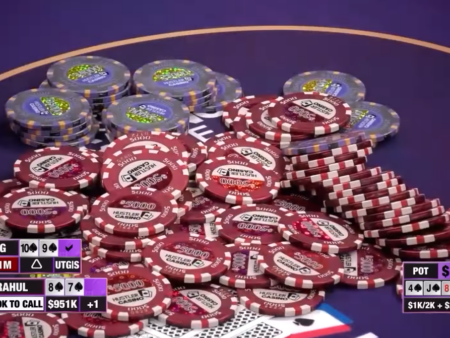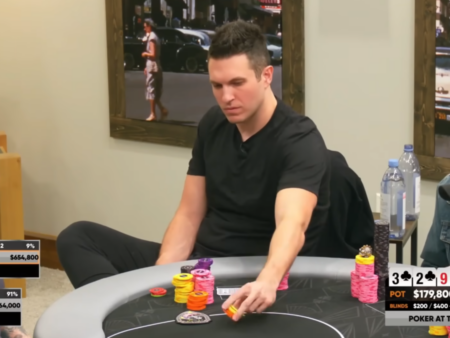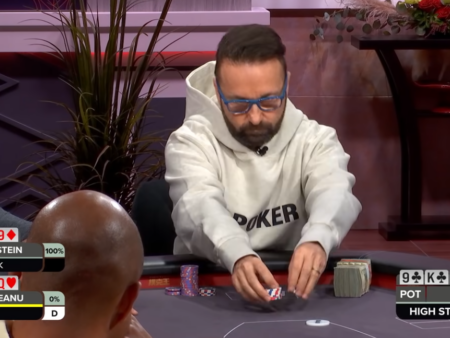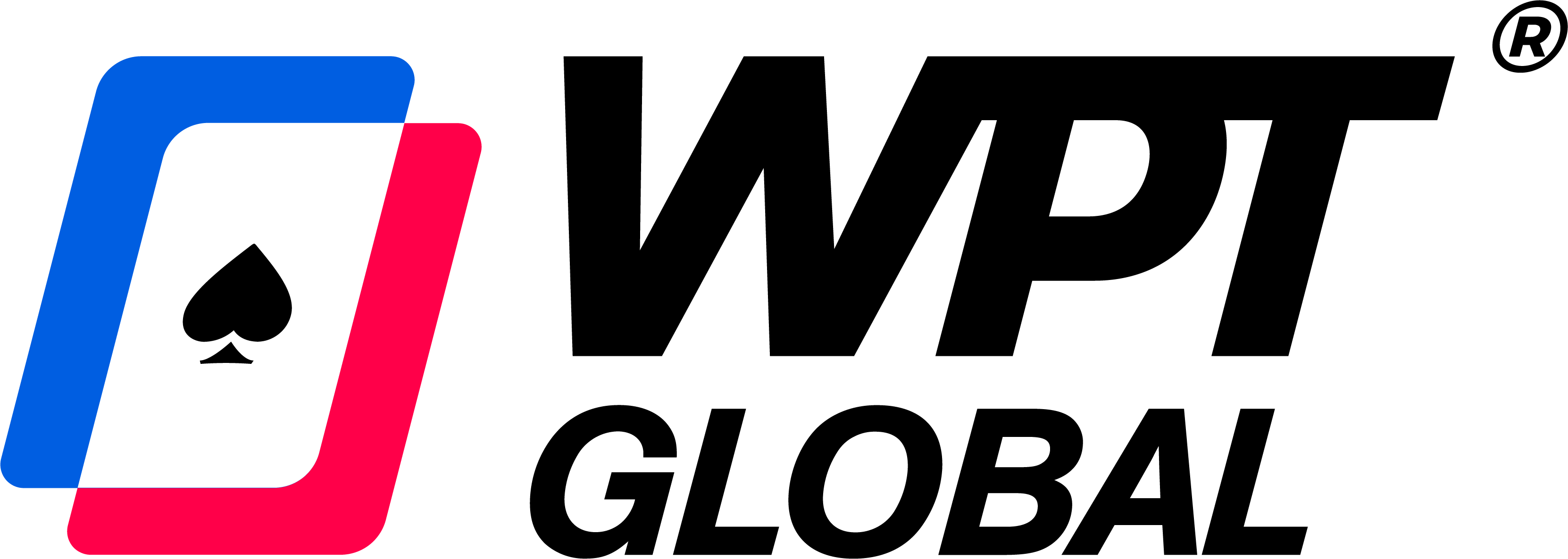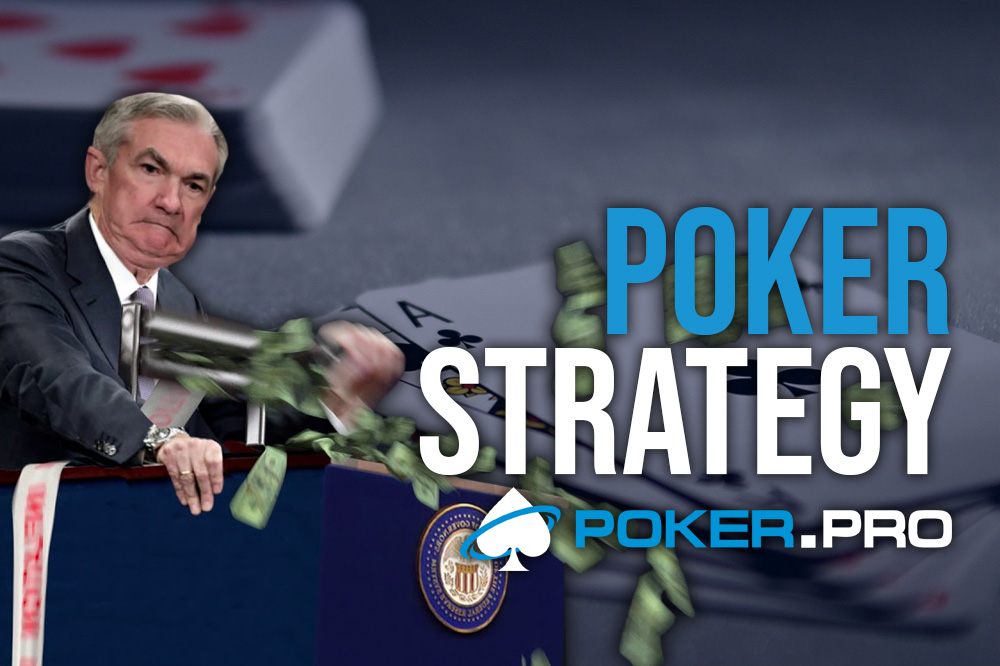
These days, the common misconception is that we want to have a balanced GTO range at all stakes and against all opponents. This would only be partially true if we were playing the top 0.1 percent of poker players, and even then, there would be some small room for adjustments.
Postflop is one of the best spots where we can just print money, as it happens more often than any other phase of the hand. It happens over and over again, accumulating over time, so if we have a decent adjustment where we increase our EV from 0 (folding a hand) to a 10bb/100 (opening wider), and we repeat it, we will print money. The more of these kinds of spots that we find, the more money we will make simply and efficiently.
Example of Stealing the Blinds
For example, if we are on the button (BTN) and the theory suggests that we should open 43 percent of the range, and our opponents in small blind (SB) and big blind (BB) are not 3-betting enough (SB should 3-bet around 15 percent, and BB should 3-bet around 14 percent), we should open significantly wider from the BTN regardless of whether their calling range is higher.
Just by opening many more hands in the position, we get to realize our equity often enough to make a profit, especially if our opponent is passive post-flop. Just a few percent of less 3-betting and/or calling will raise our steal win-rate even with hands like 72o from 10 to 15bb/100, depending on how passive players are in the blinds.
This example shows that our ranges should not be fixed, and we should make adjustments in every hand. We can use the same logic when we open from SB and our opponent in BB is not defending enough or is defending wrong, with too many calls and not enough 3-bets.
Tightening the Range Against Stations and Maniacs

If we have a decent sample, we can also find plenty of imbalances in our pool just by looking at our database. When we know where to look to find adjustments, we can easily make them in the game and stop missing value by not opening enough hands or opening too many hands from positions where our opponents defend too often.
If we are facing an opponent who defends too wide with calling, we should just tighten our range from early positions and make money by value betting our strong hands against his weak range. If our opponent 3-bets too much, we want to adjust by only opening hands that can 4-bet or call the 3-bet.
Silently Killing the Fish
We can also make the adjustment to our sizing if our pool is defending inelastic (meaning they don’t adjust their range according to the sizing they are facing). For example, if we open from BTN and we steal blinds just 2 percent more when we use 3bb open sizing compared to 2bb open sizing, is it worth paying 50 percent more to get the same results with a big part of our BTN range that makes EV by making our opponents fold? It’s not, so we should make adjustments to our range and opening sizings in every spot where our opponents are playing incorrectly.
We should also be aware of how hard we want to exploit our opponents. If we are going to play a lot of hands against the player, he may adjust if we are too obvious with our exploits, like opening every hand when he is on the BB. But it is so hard for them to know why we are opening just 2bb from BTN and what we have in that range. That’s why it’s a great adjustment and a silent killer.
Next Step
Once we master the preflop adjustment and extract the maximum amount of EV from it, we can start digging and making some adjustments in post-flop spots that repeat the most, like SB vs. BB and BTN vs. BB. But we should start with the preflop or low-hanging fruit. An important part of making this kind of adjustment is comparing the outputs of a solver with what the population is doing.
